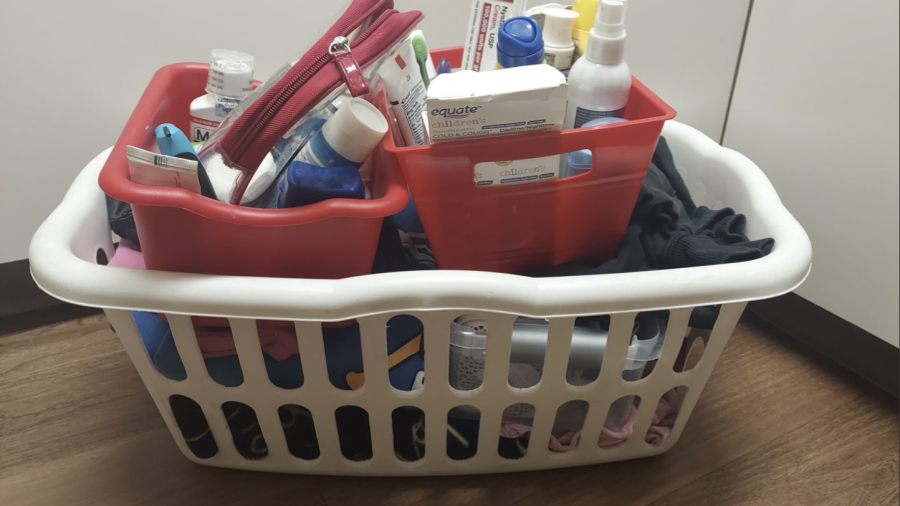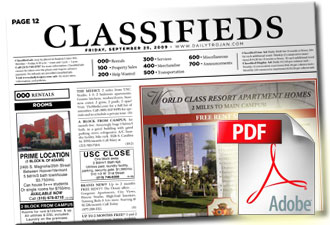Just like the two free throws Grant Williams guaranteed he’d make with 0.8 seconds remaining against the Cleveland Cavaliers, the Boston Celtics have been disastrously off. I mean, a 5-5 record over the past 10 games is nothing to scoff at, but if you’re trying to command the top seed in an NBA conference, the expectations remain much higher. Thanks to this mediocre stretch, combined with a 16-game Milwaukee Bucks winning streak, the no. 1 spot in the Eastern Conference has changed hands once again.
It could be because of injury, sure, but look at Milwaukee. They added a few more games to their winning streak while two-time MVP forward Giannis Antetokounmpo nursed a knee injury. The Bucks probably could be a playoff team without Antetokounmpo, but luckily they do have him, so that shoots them all the way up to top-three contender status. The Celtics may still have a chance, but it really comes down to the play of Jayson Tatum. Jaylen Brown can and will deliver just like he did in the Finals last year, but Tatum — who is no doubt the better player, mind you — needs to consistently show up in the big moments if he plans on winning a title this year. My gut believes in him, despite my eyes telling me differently.
The Philadelphia 76ers are on Boston’s tail, however, and if Joel Embiid continues to play absolutely out of his mind like he has recently, they have a chance to steal that no. 2 seed. Even the New York Knicks — yes, the Knicks — have been especially hot as of late. Julius Randle has powered New York to a 9-1 record over the past 10 games and elevated the club to the no. 4 seed in the Eastern Conference. At the end of the day, they are still the Knicks, so it’s likely unwise to place any faith in them overtaking the Celtics. However, the odds — as slim as they may be — aren’t zero.
In other pressing news, Memphis Grizzlies superstar guard Ja Morant continues to amaze not just me but the entire basketball world. No, not from his explosive play on the court — but his terrible decision making off of it. Morant flashed a gun on Instagram Live at a nightclub in Denver on March 4 and subsequently became the talk of the league. He may have also punched a teenager in the face last summer, but the gun incident takes priority at the moment. The NBA has since launched an investigation, and Morant may be suspended for as many as 50 games. Morant has since been away from the club, but a 50 game suspension would obviously derail the 3-seeded Grizzlies chances at a title.
I love sports drama as much as the next guy. I feel against the world when I say this, but I particularly love when a team or player is universally hated solely because they annoy other teams. Chris Paul calling a player out for having his jersey untucked? Call it despicable, but I can’t express how much I love his craftiness in that situation. Jared Dudley taunting the 76ers in the playoffs, despite only averaging 4.9 points per game in the regular season? Simply incredible. These moments provide a mere instant of joy for a fan like myself who occasionally grows bored of the monotony of basketball. Sometimes, I want to watch the world burn.
However, this feels different. Everybody, and I mean everybody, hates the Grizzlies and Morant right now, and this time it’s not funny and I do not enjoy this. Why is that? Because what they do feels like a charade. Morant claiming that Memphis is “fine in the West” despite never advancing past the second round in his career rubbed myself and other realistic fans the wrong way. I mean, sure, you can say that, but save that chirping for the season after you at least make it to the conference finals, got it? Then Dillon Brooks had to go and run his mouth about the defending champions Golden State Warriors and future Hall of Famer Draymond Green (argue with a wall). I proudly dislike Golden State, but just to reiterate my point — the Grizzlies have not earned any of this. I love trash talk, and I quite clearly love cutthroat behavior, but you must earn the right to do so. That is my one requirement, and no one, not even the superstar Morant has been given the authority to do so. At least, in my opinion.
Now Morant had to go and record himself brandishing a firearm. That’s got to be an all-timer in the realm of brainless athlete antics. Instead of proving how “unafraid” he is of the rest of the league, the suburban-raised Morant makes a fool out of Memphis once again. If you despise Memphis like the majority of fanbases right now, please continue to do so. I won’t stop you. And if their universal hatred is new to you, then watch that video of Morant on YouTube. I can almost guarantee that you’ll feel the same level of loathing I currently feel. This is a young roster on the rise playing for a franchise that has been titleless for decades now, akin to the 2021 Cincinnati Bengals that captured the hearts of fans everywhere. I want to root for them so badly. If only they’d shut the f–k up.
In my next column, hopefully we can stop talking about Morant. Seriously, this is supposed to be about basketball, not idiotic 23 year olds. We will be less than a month out from playoff basketball, and the race for the final spots will be nearing a sprint to the finish.
Dominic Varela is a sophomore writing about all things NBA as the playoffs draw ever closer. His column “Fast Break” runs every other Thursday.
The post Fast Break: The king in the East and a jester in the West appeared first on Daily Trojan.










